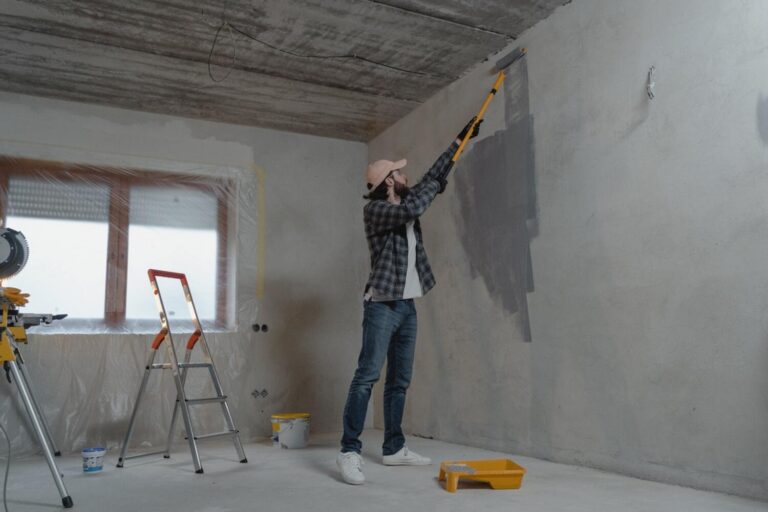Appraisers Are The Gatekeepers: How I Lost The Battle

When I look for potential investment properties I always have the BRRRR strategy in mind. BRRRR stands for Buy, Rehab, Rent, Refinance, and Repeat.
Let’s go over a quick example.
Property A is purchased fully in cash for $50,000 (including closing costs). The property only requires $10,000 in rehab. The property is rented out after improvements are completed.
A bank values the property at $100,000 and will create a cash loan for 75% of the property value. In this case, the balance of the refinanced loan is $75,000.
The cash from the loan will “reimburse” the investor on their initial investment. The tenants will pay down the balance of the loan while the investor can use that $60,000 to purchase another property.
The key part of this strategy is the refinance.
The bank will create a loan based on a percentage of the value of the property. The loan-to-value (LTV) is usually 75% to 80%. However, it is not the bank that determines the value of the property. Instead, the bank hires an appraisal company.
Bankers and Appraisers
Banks and appraisers need to be independent of each other to avoid any co-mingling. Therefore, the appraisers are the gatekeepers!
Whatever valuation the appraiser determines will affect the balance of the cash out refinance. This balance will then determine how much an investor would be able to recoup from their initial investment.

Appraisers are supposed to base their valuations on similar and recently sold properties in the area. However, not all appraisers are the same. An appraiser’s valuations is also subjective.
For example, in one of my properties, the appraiser acknowledged the improvements we have made to the kitchen and the bathrooms. The appraisal value for that property was acceptably high.
In another one of my properties, a different appraiser did not acknowledge the improvements and valued the property at an extremely low amount.
Why was the valuation of the appraiser lower than our expectation?
This property was a 3 bedroom 2 bathroom Single Family House (SFH). I replaced a sad-excuse-for-a bathroom in the basement with up-to-code brand new full bathroom.
The basement, The appraiser identified this bathroom as “below grade“, because it was in the basement. Therefore, instead of comparing our house with other 3 bedroom 2 bathroom SFH, the appraiser compared it to other 3 bedroom 1 bathroom SFH in the area.
I protested the valuation and had the appraisal company re-evaluate our property. The appraiser came back with a valuation of $15,000 higher. Unfortunately, the final valuation was still not as high as I wanted.
How To Get The Most Out Of The Appraisal Valuation
The refinance and the appraisal process is near the end of the BRRRR strategy. The time to get the most out of the appraisal actually is at the start; before you even buy the property.
Learn how to analyze potential investment properties and get a FREE Cash-on-Cash Return Worksheet.
There is a saying “You make your money going in”.
When you analyze a potential investment you need to make conservative estimates on the After Repair Value (ARV). Like an appraiser, you need to look at recently sold similar properties and see how much those properties sold for.
The key is to use a conservative value for your ARV. You can avoid being emotional and caught off guard.
Once you have your ARV, you can use math to work backwards in determining how much you should purchase a property for.
How did I find myself in this situation? Hind sight is always 20/20.
This property was one of my early investments. I wasn’t conservative on my estimated ARV and the market changed during the time of rehab. Furthermore, I wasn’t conservative enough on my rehab costs.
It was a lesson learned with this property, which I carry forward when analyzing properties. The search criteria became more narrow and the estimations became more conservative.






